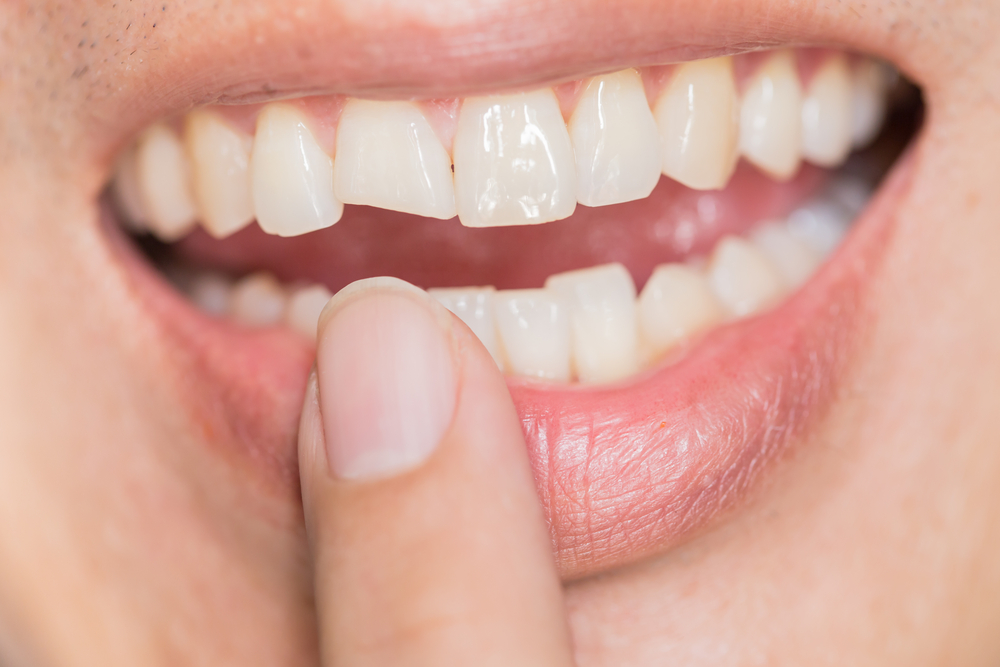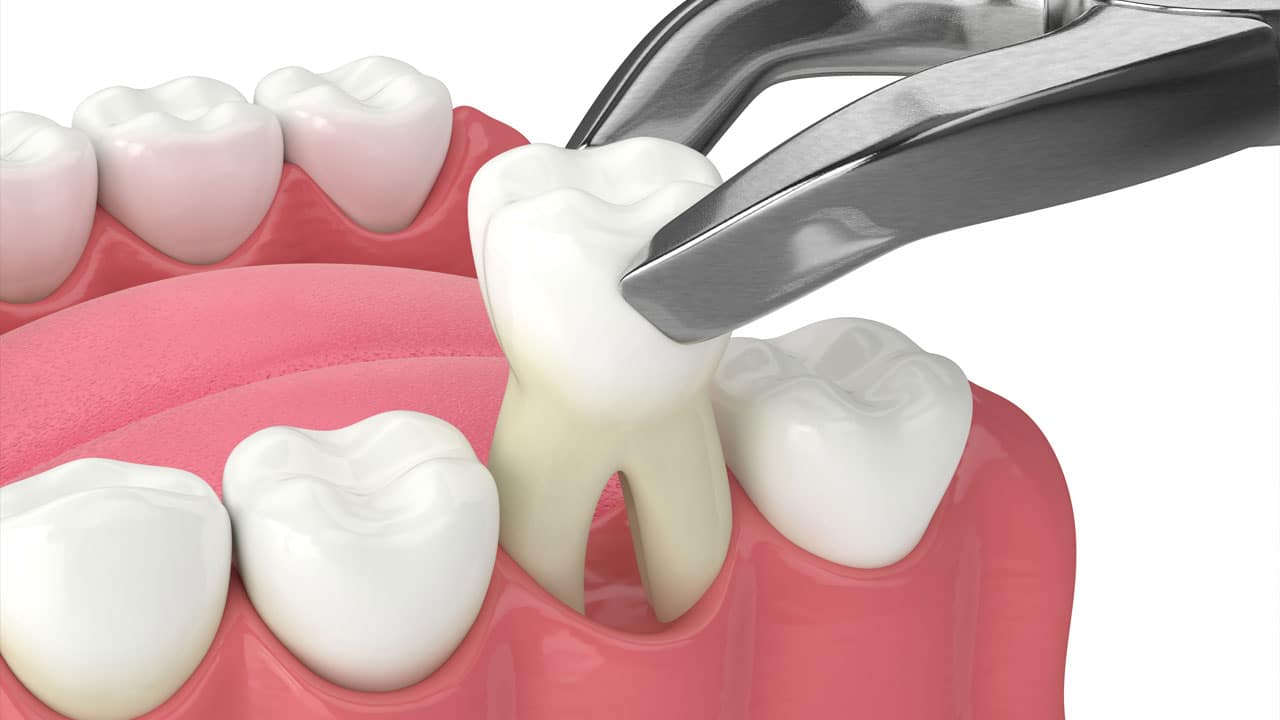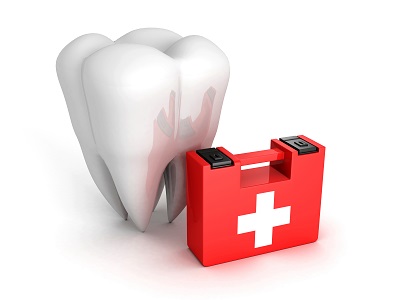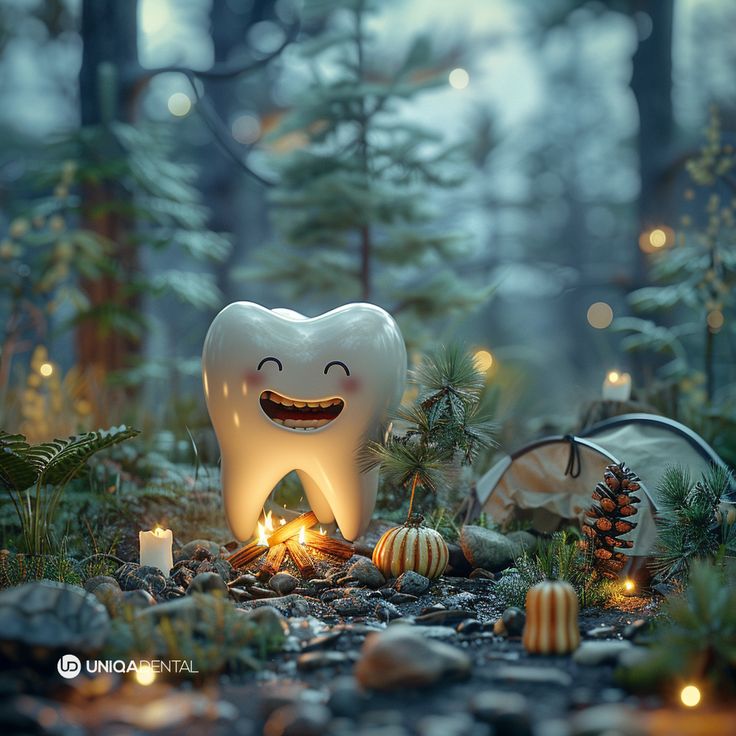The health of the teeth and a striking visual appearance is one of the determining factors of success. Modern dentistry offers many ways for an effective smile, including artistic restoration. Anatomical-functional and aesthetic restoration of the tooth is performed during artistic restoration. At this time, the pulp material is similar to tooth tissue, and therefore, the restoration has a natural appearance. We can consider artistic restoration as one of the aspects of orthodontic treatment, however, unlike orthopedic treatment, during artistic restoration, own tissues are saved as much as possible. This is the process of building a tooth with modern materials. Artistic restoration is used to cover defects-cracks and/or broken parts of the tooth. During the process, restorative doctors work with composite materials, which harden in the required section, improve to the nanometer level, and in this way the desired shape of the tooth is formed. The result is highly aesthetic and functionally justified. Therefore, if you have natural or acquired defects in your mouth (cracks, broken teeth), you can undergo a non-invasive restoration procedure in Dunblanch and completely change the appearance of your smile in just 1 visit.
Artistic restoration procedure is performed on both vital (living) and devital (dead) teeth. However, the results are more effective in the treatment of living teeth. The procedure is also carried out both on front teeth and chewing teeth.
The process of preparing for the procedure
As we have already mentioned, the artistic restoration is completed in one visit, although on average one tooth needs 1-1.5 hours to process, in case of complications it may last even 2 hours.
Before carrying out artistic restoration, it is necessary to have a preliminary consultation and take a panoramic X-ray, which you can do in our clinic.
Here are 3 reasons why you should not postpone artistic restoration:
1. No matter how or why your tooth was damaged, restoring a damaged tooth can relieve discomfort and pain. A damaged or cavity-ridden tooth can become infected and cause even more discomfort.
2. If you do not treat the damaged tooth immediately, it may not be subject to restoration and you will have to remove it. Accordingly, the more you postpone the visit, the greater the probability that the dentist will not be able to save the damaged tooth.
3. Early detection and prevention of the problem will save you money and time. Restoring a damaged tooth is more affordable than replacing a lost tooth with an implant.
After performing the artistic restoration, we will give you detailed instructions on care, and as for the warranty, it varies depending on the material and is on average 10 years.
If you have been thinking about the artistic restoration procedure for a long time, sign up for a consultation now and get complete information about the prices.








